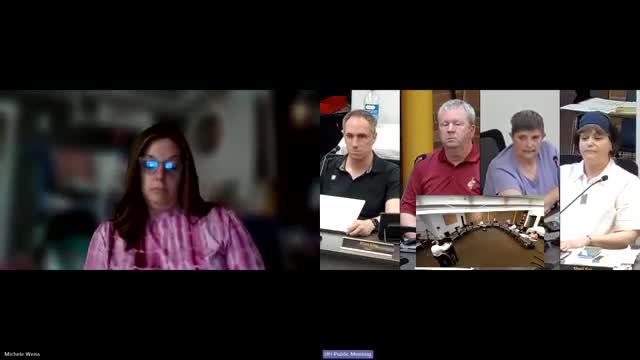University Heights officials discuss emergency response delays and community safety measures
July 12, 2025 | University Heights City Council, University Heights, Cuyahoga County, Ohio
Thanks to https://workplace-ai.com/ , all articles about Ohio are free for you to enjoy throughout 2025!

This article was created by AI using a video recording of the meeting. It summarizes the key points discussed, but for full details and context, please refer to the video of the full meeting. Link to Full Meeting
Chief Perko opened the discussion by acknowledging the ongoing efforts to navigate these challenges since day one. He emphasized the need for internal solutions before escalating issues to the council, suggesting a collaborative approach with local emergency services, including Hatzalah, a volunteer ambulance service. His remarks set a tone of appreciation for the professionalism of the University Heights fire and police departments, underscoring the critical role they play in community safety.
A significant point of contention arose regarding the use of personal emergency response systems, such as Lifeline, which allows individuals to summon help at their discretion. While these systems can be beneficial, they also introduce potential delays in emergency response times. Chief Perko noted that individuals often choose to contact friends or family before dialing 911, which can complicate and prolong the response process. This sentiment was echoed by council members who expressed concern over the implications of such delays on community safety.
The conversation shifted to the role of John Carroll University, which has its own emergency response team. The presence of multiple emergency contacts within the community, including neighbors and volunteer services, was recognized as a double-edged sword—providing options but also risking confusion and delays in critical situations.
As the discussion progressed, the chief addressed a specific incident from April 28, where a two-hour delay in advanced life support services was attributed to the failure to call 911 promptly. This incident sparked a debate about public perception of response times, with some community members expressing concerns over extended delays. Chief Perko defended the average response time of four minutes over the past decade, attributing longer waits to the time taken by volunteer services to contact dispatch.
The meeting concluded with a call for continued dialogue on improving emergency response protocols. The chief's commitment to transparency and collaboration was evident, as he invited further discussions in executive sessions to explore these issues in depth. As University Heights navigates the complexities of emergency services, the community remains engaged, eager to ensure that safety and efficiency are at the forefront of their local governance.
Converted from City Council 061625 20250617 015432 Meeting Recording meeting on July 12, 2025
Link to Full Meeting
Comments
View full meeting
This article is based on a recent meeting—watch the full video and explore the complete transcript for deeper insights into the discussion.
View full meeting